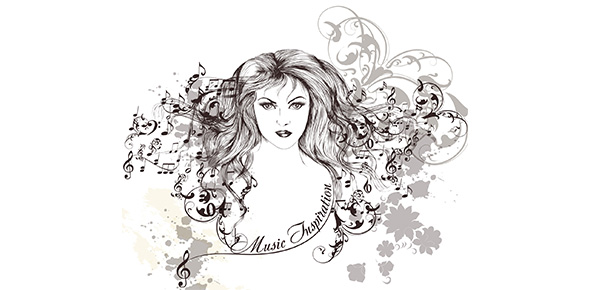Related Flashcards
Related Topics
Cards In This Set
| Front | Back |
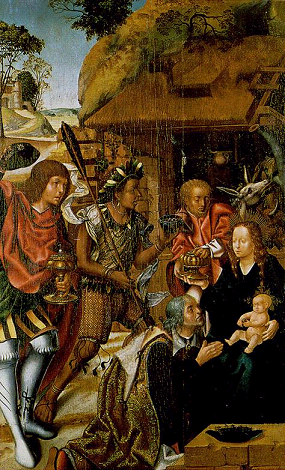 |
Vasco Fernandes, Adoration of the Magi, 1501-1506 (Renaissance), Portuguese. Oil on wood
The African Wise King is portrayed as a Brazilian, dressed in renaissance clothing but with accessories such as feathers, bone, shells, etc. He is carrying long arrow w/black fletching, particular to a tribe in Brazil. |
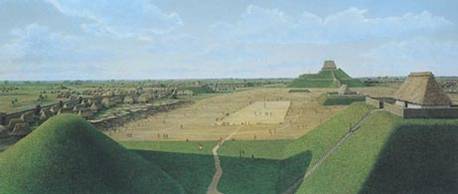 |
L. K. Townsend, Cahokia, 1100-1450, Illinois, Mississippian Culture. Abandoned by the time Europeans arrived, largest and most powerful of all Mississippian centers around A.D. 1150. Monk's Mound in the background. Ball games played in the city square. It was a thriving city w/ about 30,000 people.
|
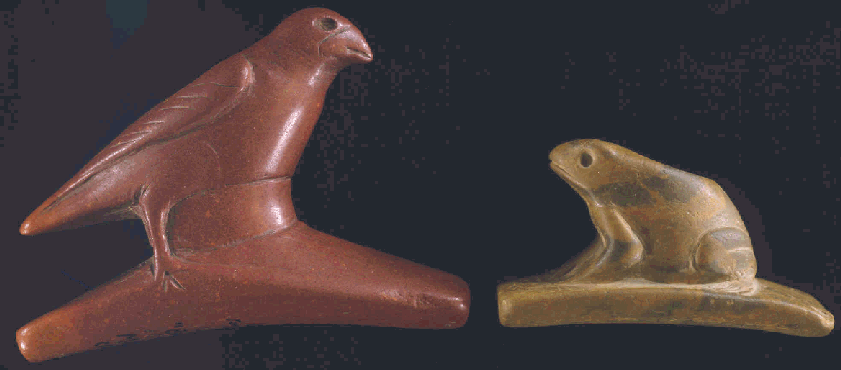 |
Hopewell Platform Effigy Pipes, Hopewell Period, 200 B.C. to A.D. 400. These pipes are considered luxury items and placed in tombs, given as gifts, traded, etc.
|
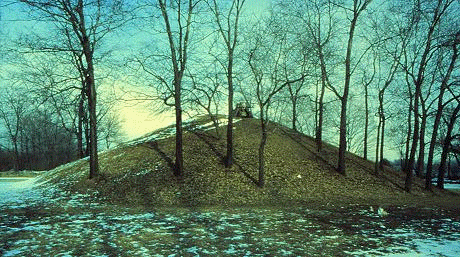 |
Spiro Mounds Site, Spiro, Oaklahoma, Mississippian Period. Site was leased to disreputable men, only interested in money. Biggest mound was broken into - an air tight chamber completely sealed and containing a tomb on the inside dated to 1300, 1350. In the chamber were conchshells, ceremonial knives, jewelry.
|
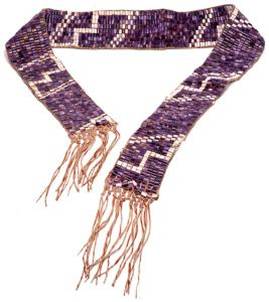 |
Iroquois Wampum Belt, presented during the 1701 signing of the Peace Treaty of Montreal.
The beads are hand cut from shells. Purple represents sign of discord and white represents peace. |
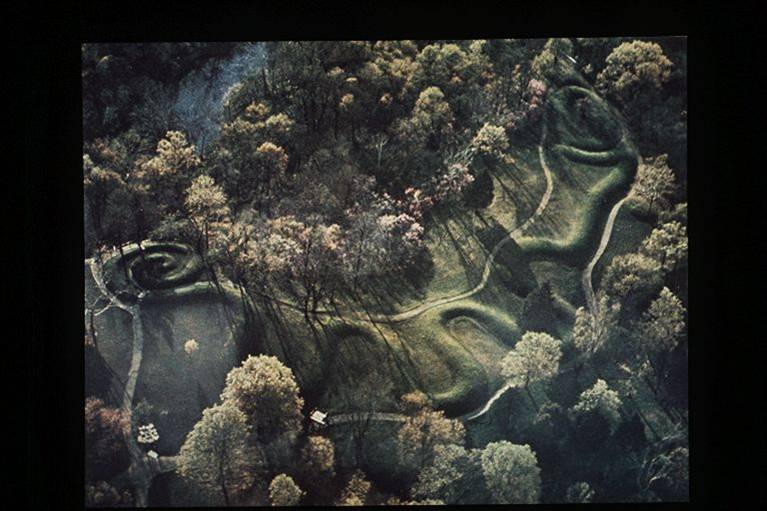 |
Great Serpent Mound, Ohio, Adena Mississippian Culture. In the form of a snake swallowing an egg or a sun.
|
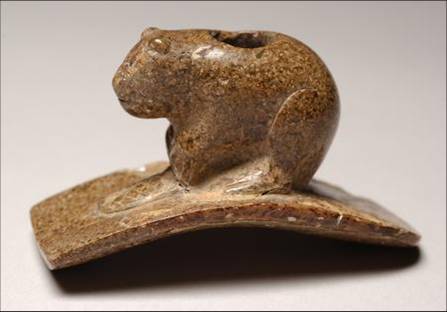 |
Beaver Effigy Platform Pipe, Hopewell Culture. Tremper Mound. Made of Granite
|
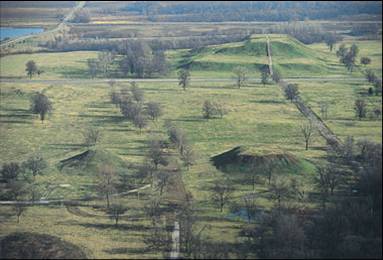 |
Present day Cahokia
|
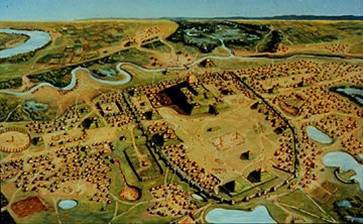 |
Cahokia as it was
|
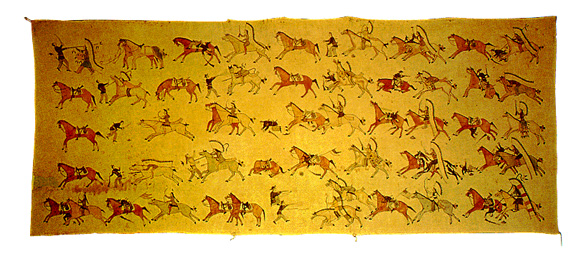 |
Battle of Little Big Horn, Sioux, on canvas. 1876
Custer and his men get massacred at this battle. This was the last major massacre of U.S. troops by natives. |
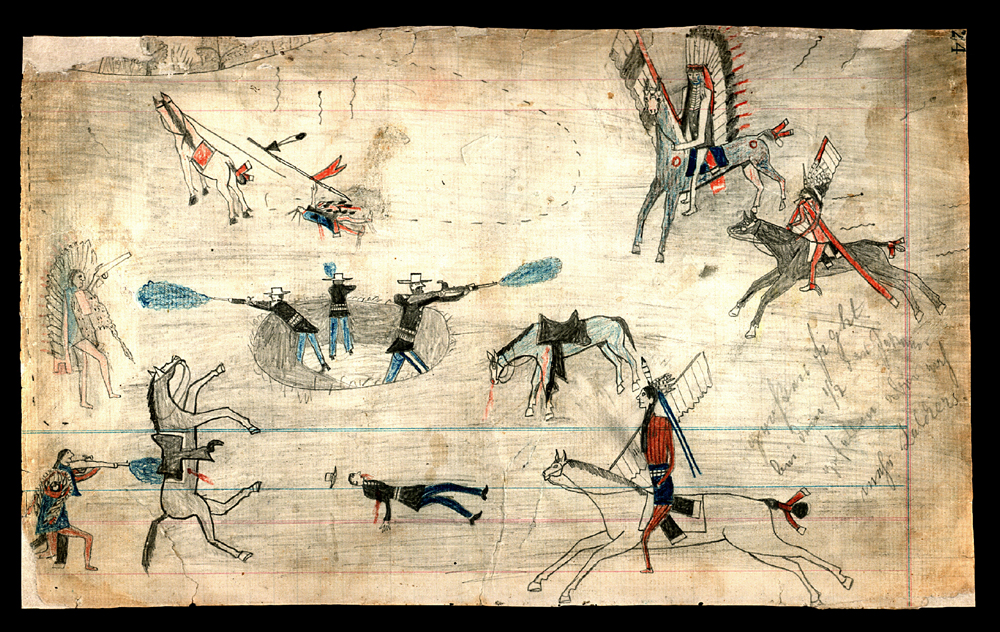 |
Kiowa ledger drawing depicting the battle of Buffalo Wallow in 1874, Kiowa. Drawn on notebook paper in a reservation. Only recently have these drawings been recognized for their art history.
|
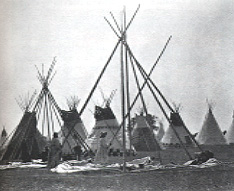 |
Blackfoot Women Raising a Teepee, ca. 1900. Teepees came about with the importation of horses, which changed the lives of southern Canadian tribes around 1500. They could drag entire villages behind them.
|
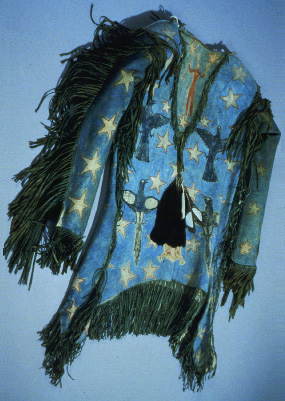 |
Ghost Dance shirt/dress, 1890's, Arapaho. Spirits of ancestors will drive away Europeans and bison will return, when Ghost Dance is danced. People who are taking part in the Ghost Dance are massacred. Dresses made from canvas, cotton and deerskin. Natives use govt. symbols against them. Red, white, blue and starts etc. Powerful Native symbols on the clothes. This is the last major uprising against the govt.
|
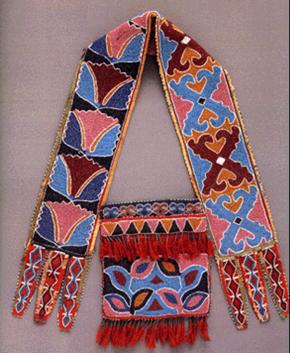 |
Delaware Bandolier Bag, ca. 1860. Bag made with imported beads from Europe. Made by Delaware Indian, produced in Kansas, Great Plains. Made for local use but ends up in museums b/c it's sold to Europeans.
|
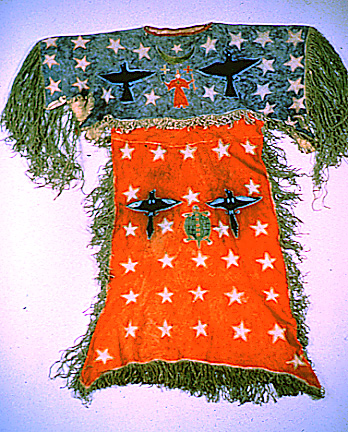 |
Ghost Dance shirt/dress, 1890's, Arapaho. Spirits of ancestors will drive away Europeans and bison will return, when Ghost Dance is danced. People who are taking part in the Ghost Dance are massacred. Dresses made from canvas, cotton and deerskin. Natives use govt. symbols against them. Red, white, blue and starts etc. Powerful Native symbols on the clothes. This is the last major uprising against the govt.
|



